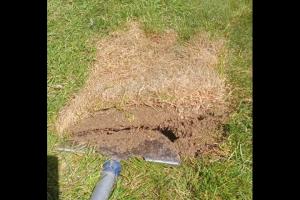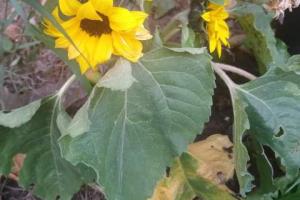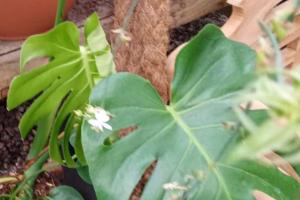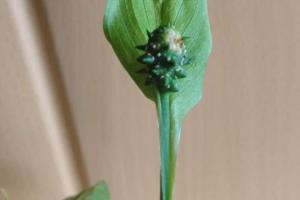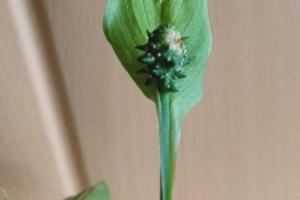What is groundwater?
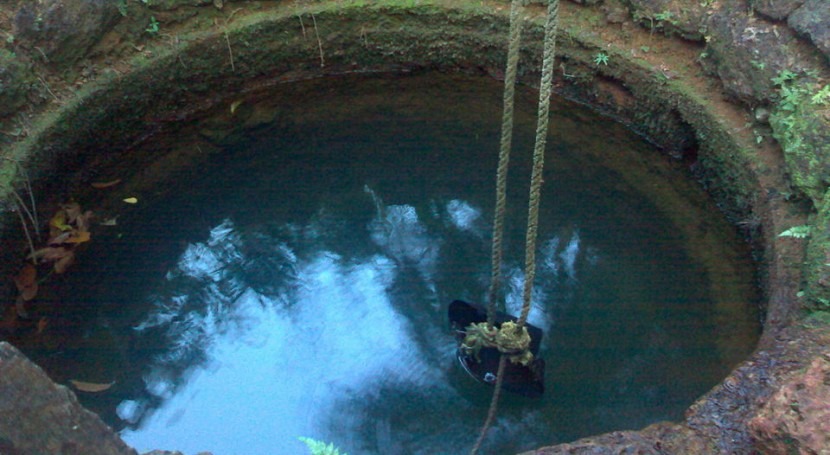
One of the solutions to the management of groundwater came with the approval of the Water Framework Directive (WFD) that consolidated water management actions in the European Union. One of the main objectives of the Directive is to achieve a good chemical and quantitative status of groundwater.
1 . Groundwater
Groundwater means those water bodies that are below the surface of the ground. Groundwater is part of the water cycle: water from rain, melting snow, from rivers and ponds, or in general, whenever the surface layer of the soil is saturated with water, it percolates downward.
2 . Where can we find groundwater?
Groundwater is found in porous geological formations known as aquifers, where water moves and connects with surface water.
The content of water in aquifers can vary depending on the meteorological conditions, the rate of water withdrawal, and the rate of recharge. For example, when there is heavy rainfall, the rate of recharge can increase. However, during a period of drought, if the rate of water withdrawal is maintained, the water level could drop.
3 . Classification of groundwater
Groundwater can be classified in two different ways, based on a water cycle approach or based on where it is found.
Based on a water cycle approach, we can find:
Meteoric waters: water that, after it infiltrates, is absorbed by plants and through transpiration or evaporation processes ends up in the atmosphere or in discharge areas (springs, rivers, lakes, etc.). Fossil waters: also known as connate waters, they are very saline waters that were trapped due to sedimentation and are not part of the water cycle. Juvenile or magmamatic waters: waters that come from very deep areas and can become part of the water cycle when there are volcanic eruptions and geysers.On the other hand, based on where the groundwater is found, there are two types:
Soil water: groundwater found in the region of aeration (vadose zone). Water is retained by capillary action in pores in the soil, and is essential for plant development. Phreatic water: groundwater found in the saturated zone. It is the first layer of groundwater found when drilling, and the most susceptible to anthropogenic contamination.4 . The importance of groundwater
Groundwater is a very important resource for irrigation (43% of the total water used for irrigation globally) and for the food industry. Moreover, it makes up close to one third of the water consumed by human beings.
Groundwater also has a very important environmental role: it recharges water in rivers, lakes and wetlands, which are essential for a large number of animal and plant species.




